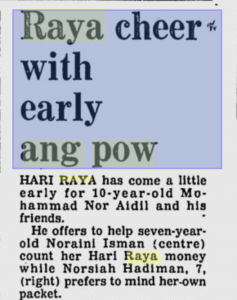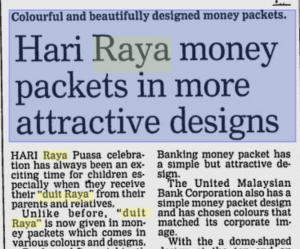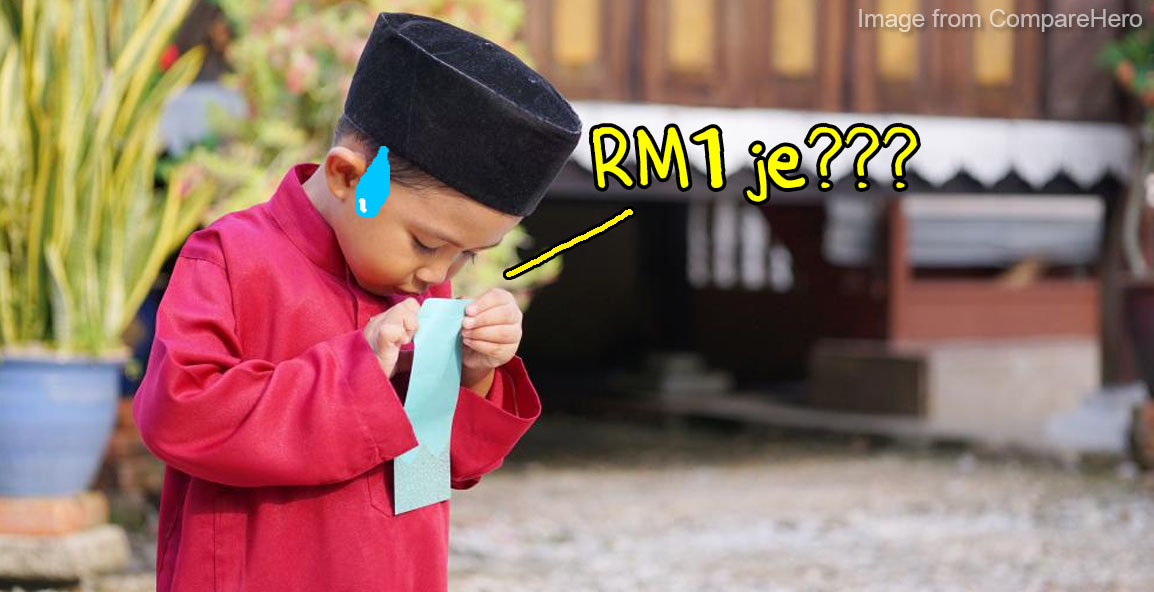True or False? Sampul Duit Raya Actually Came From Budaya Cina
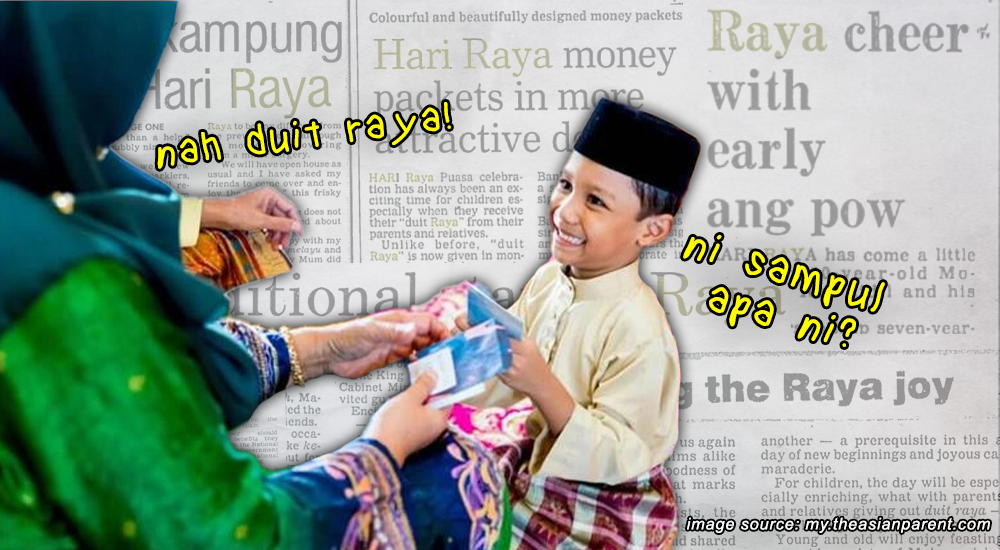
- 89Shares
- Facebook64
- Twitter6
- LinkedIn7
- Email6
- WhatsApp6
The Hari Raya Aidilfitri frenzy consists of many small chaoses. For those who celebrate it, we all know that the night before Raya is when everyone is scrambling to cook the rendang, dust off the Corning pots and band-aid the paper cuts one might get from stuffing small banknotes into a sampul duit raya. But did you know that before the 80s, Malaysians didn’t even use duit raya envelopes at all? In fact, duit raya as we know it today wasn’t even a thing… at least not really.
Yes, the biggest pain for working adults and the greatest joy for young kids didn’t come about until the late 80s. So, in a pre-duit raya world, how did Muslims celebrate Hari Raya Aidilfitri? And where did we get the idea to start using these envelopes anyway? Well, to find out, we gotta look at why we give out money in the first place.
The concept of duit raya existed since the year 1250!
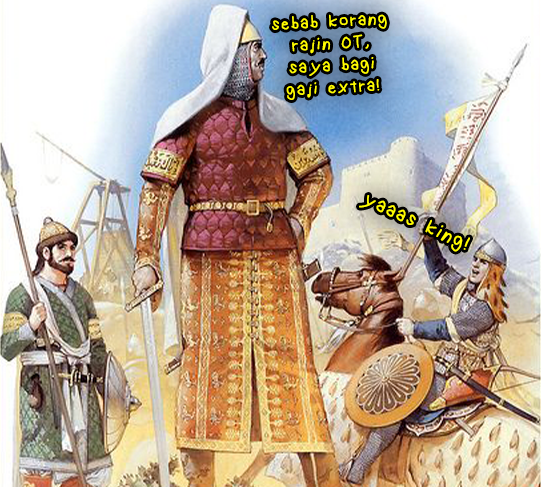
It all started during the Mamluk era in Egypt and Syria during the years 1250-1382. During this era, the Mamluk sultanate paid an extra amount of gold and silver to his soldiers, princes and employees as a gift during Eid – or Hari Raya Aidilfitri as we know it in Malaysia. In time, this became a tradition where people would gift money, sweets or clothes to young children or old citizens as well.
This tradition was called Eidiya, which was derived from the words Eid and Hadiyah – meaning ‘festival’ and ‘gift’ respectively. This term originated from the Fatimid dynasty, where its rulers were descendants of Prophet Muhammad’s daughter, Fatima. But since this only came during the years of Prophet Muhammad’s daughter’s descendants, does that mean that Eidiya was not mentioned in the Quran?
Well, the word itself does not exist in Quranic verses and hadiths, but the act of charity, which is essentially what Eidiya is, had been practiced years prior. In fact, the Prophet Muhammad even encouraged it. And why wouldn’t he when charity is so easy to give?
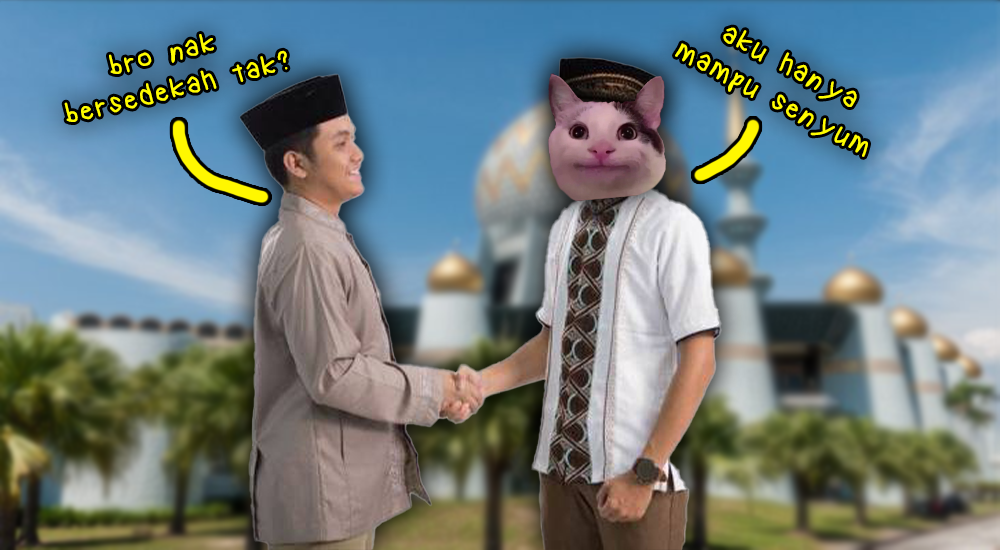
The thing is, most people would think that charity is just gifts in the form of money and material things. But that’s not the case. Sure we have ‘zakat’ which is obligatory charity for Muslims based on how much they earn, but we also have ‘sedekah’. Sedekah is voluntary charity and it can be anything. Even a smile, some wise advice or a helping hand can be considered sedekah. And as experts on free gifts, all Malaysians should know that smiling is free!
So, while the Eidiya only started in the Fatimid dynasty, charity itself has been written into the Quran in many verses. Most notably, it is written that those who give out charity with sincerity – and not out of pride or a way to boast about wealth – will be rewarded with shade from sweltering heat during Judgment Day. The Prophet Muhammad said,
“The believer’s shade on the Day of Resurrection will be his charity.” – Al-Tirmidhi
While that explains why Muslims give money and gifts during Hari Raya Aidilfitri, we still don’t know how the duit raya ang pows started! And that’s because duit raya ang pows or sampul duit raya were only popularised in Southeast Asian countries in the late 80s.
Before the sampul duit raya, kids were given loose coins
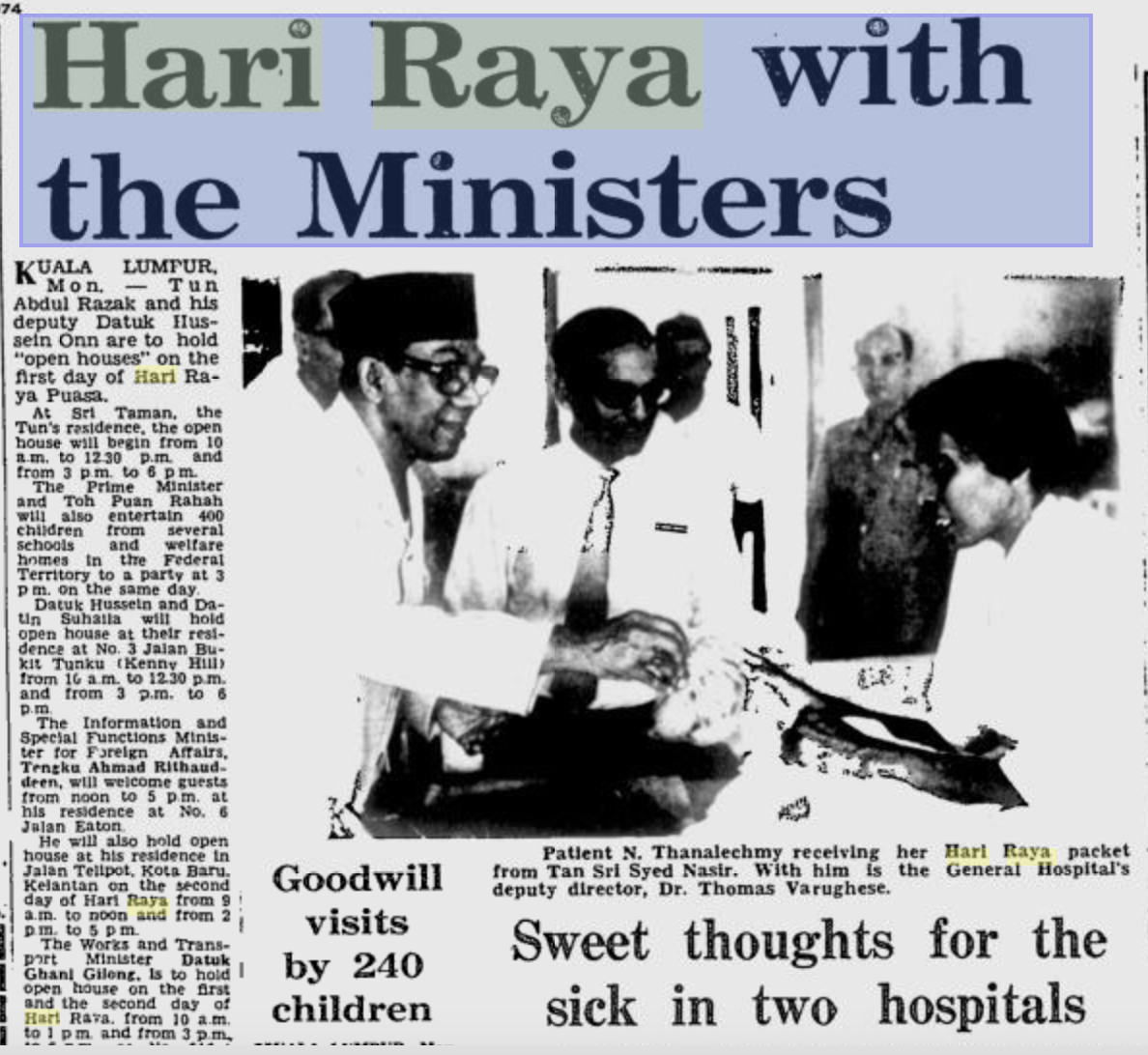
When you become a working adult, you’re just not as excited about duit raya as you used to be when you were younger. Mainly it’s because most of us become the ones who have to give duit raya. But also, the amount we sometimes receive is much lesser than what it used to be. Well, you should actually count your lucky ang pows cos back then, most kids didn’t even get duit raya! Instead, they mostly got cakes and clothes.
After scouring old newspapers and talking to people who lived during that era (my parents a.k.a the most reliable source of history), there is no mention of giving out money in the form of envelopes. Most people would offer donations to those in need, and that would be sweetened by visits to hospitals and orphanages with sweets and cakes. At most, some kids would be given loose coins that they would store in their bamboo piggy banks. Sure the kids were still excited but it really can’t compare to getting colourful envelopes of money after salam-ing random mak ciks and pak ciks, especially when the amount of money inside remains a fun surprise until you get home.
Click to enlarge (source: News Straits Times, April 1989 and April 1991)
Well thankfully (or tragically for those who hate going to the ATM), duit raya in the form of banknotes stuffed into ang pows became commonplace in the late 80s. While we’d love to pinpoint exactly when in the 80s, our best guess would be 1986. And just like the name suggests, it was inspired by the Chinese ang pows.
Gaining popularity, the duit raya envelopes were mentioned numerous times in newspapers starting from 1986. Some simply called it duit raya while others touted it as duit raya ang pow. And since we borrowed the name, let’s educate ourselves on the history of the ang pow itself.
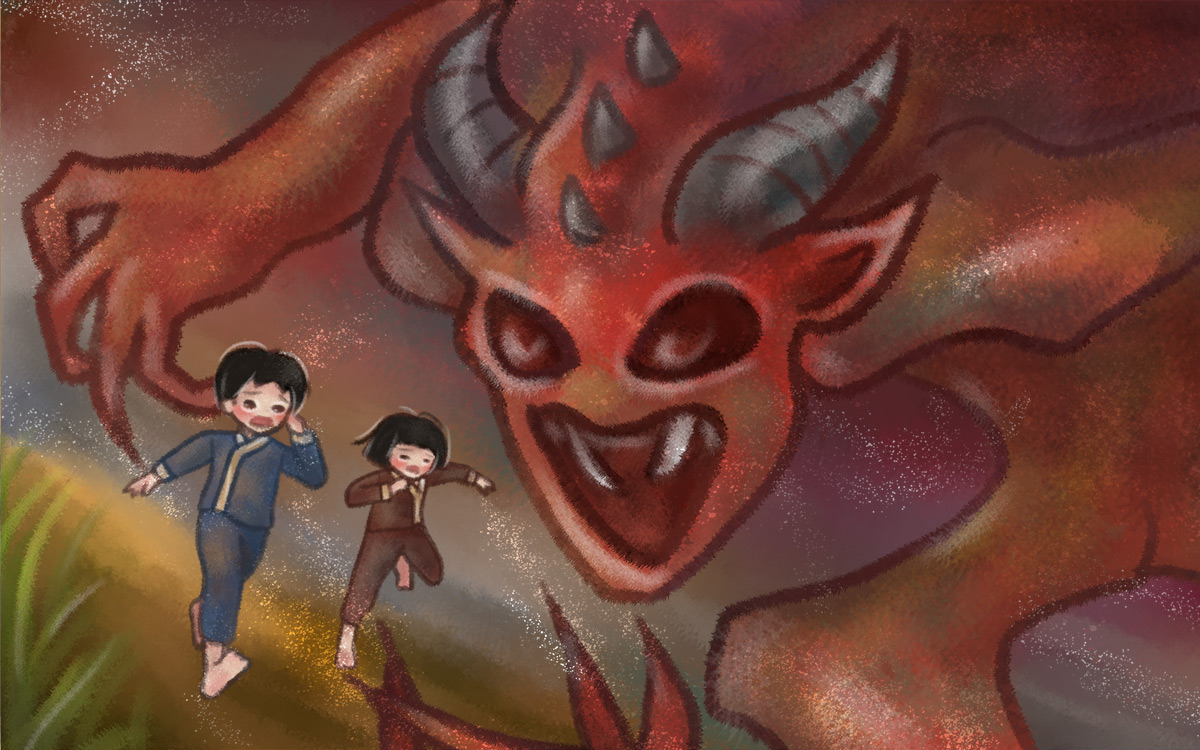
Ang pow was derived from the Mandarin word, ‘hong bau’, which is a gift of money in a red packet. It can be traced all the way back to the Qin dynasty and a demon called Sui. The story goes that this demon would disturb children on the night of Chinese New Year, which would give them nightmares or worse – kill them in their sleep.
To stop this from happening, a couple decided to use blessed coins and wrap them in red paper before placing it under their child’s pillow. When the demon Sui attempted to disturb the child, beams of light appeared and scared it away. From there, all the parents began doing the same and it soon became a symbol of blessings for children.
And those are the origins of the Chinese ang pow. While that was a fun story, you might now be wondering, why did Malays adopt this tradition? We got demon named Sui meh?
Well, not to be a bummer, but there is no set answer to this question. So instead, let’s explore several theories as to why we borrowed the ang pow and Melayu-fied it.
Betul ke sampul duit raya was borrowed from the Chinese?
Several things remain a mystery when it comes to the duit raya ang pow. While this could be used as a PSA to document our culture and history better, we don’t wanna bore you with that. So, we took it upon ourselves to sift through old newspapers in order to find out why we started using duit raya ang pows. Here are our most compelling theories:
Kongsi Raya
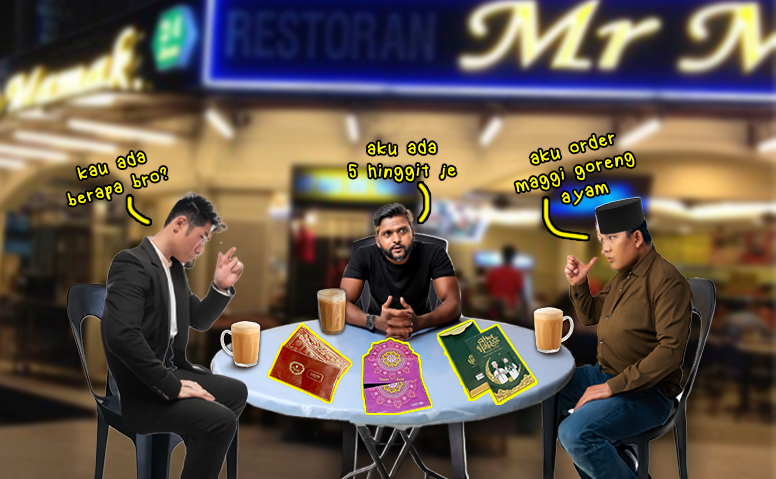
It’s highly likely that the Malay duit raya envelopes were inspired by the Chinese ang pows because of two main factors – timeline and design. When Kongsi Raya (or Gongxi Raya) came around in the year 1996, the idea of the shared envelope design for distributing money was celebrated by both Malays and Chinese. But hey, it’s not like the Malays copy paste the ang pow bulat-bulat.
When it first started, duit raya envelopes were known as ‘green envelopes’. This is because the colour is often associated with Islam since the Arabic word for paradise, ‘Jannah’, also means garden, which is known to be green. Another example would be Surah 55 Verse 76 in the Quran. It reads, ‘They relax on green carpets, in beautiful surroundings.’ Even Indians have their own version of ang pows, but theirs are in the colour purple. It’s only recently that duit raya ang pows come in different colours like gold, blue and black.
While this theory is nice since it highlights the strength and diversity of our nation when we unite, it only shows the popularisation of the duit raya ang pow in the 90s. Since we believe it started in the late 80s, let’s look at our next theory…
Malaysia’s economic growth spurt
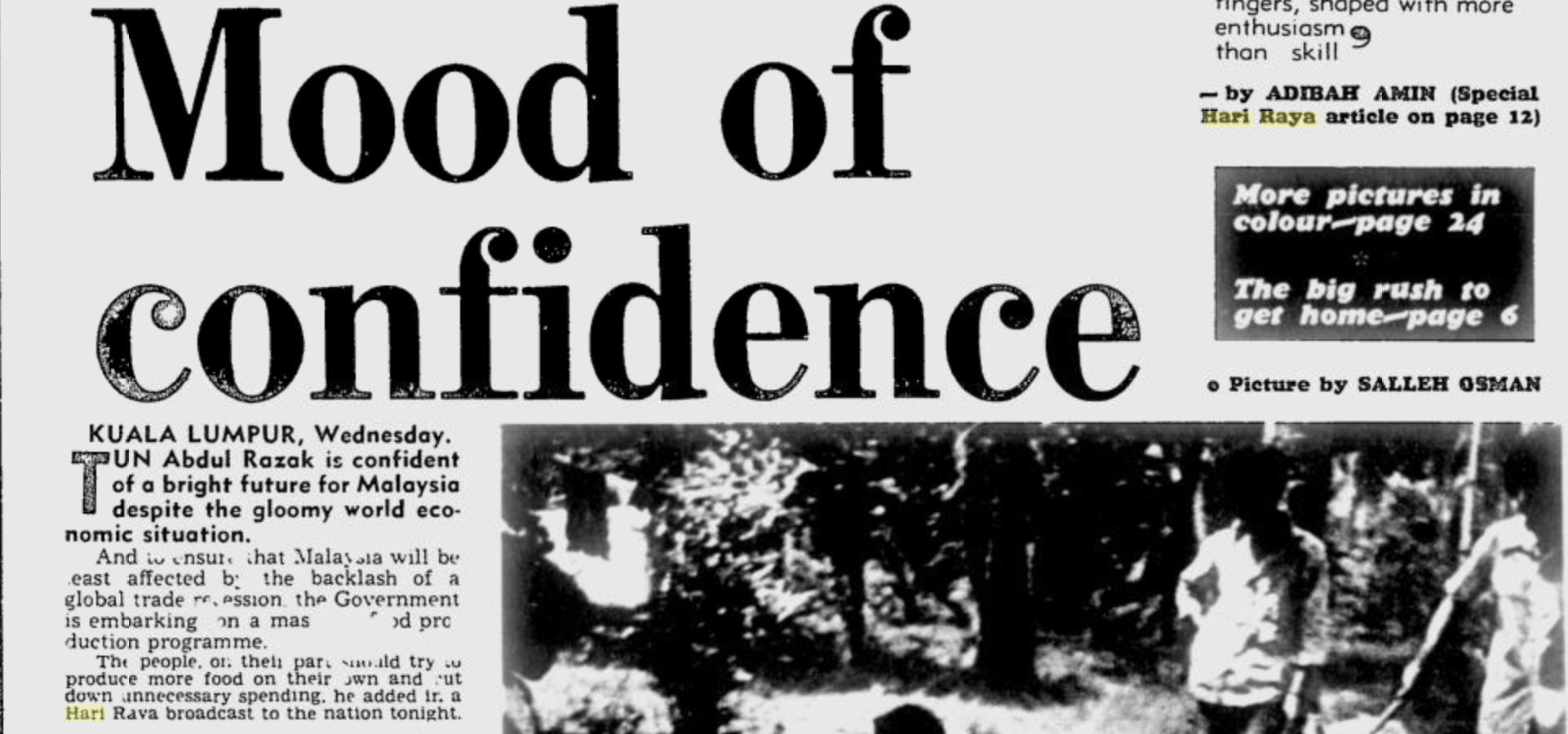
In case you didn’t know, Malaysia was deep in the trenches of a recession during the 70s and all the way through the late 80s. Without getting too deep into it, in the 70s, the effects of the May 13 riots in 1969 forced the nation’s leaders to focus on political and social peace rather than the economy. Further down the line, Malaysia suffered arguably its worst recession in 1985. So naturally, in light of horrible economical times, Malaysians couldn’t afford to be too generous with their cash.

Malaysia infamously suffered through this recession for a whole year before finally getting back on our feet. In 1986, we saw a 1.2% growth in our gross domestic product (GDP), which was a cause to celebrate, especially since the recession in 1985 brought it down to negative 1%. It then continued to grow in 1987 with a GDP growth rate of 5.2%.
From then – on top of giving sweets, cakes and clothes – Malaysians started adopting the duit raya ang pow because the economy was on a growth streak and well, now we have money mah! According to sociologist, Abdul Rahman Embong,
“It wasn’t until the 1980s when Malays became urbanised by rapid economic development and modernisation that duit raya evolved into banknotes, and the use of envelopes became mainstream among Muslim communities in Malaysia.” – via Free Malaysia Today
If you noticed, both theories show Malaysia’s resilience when it comes to difficult times. And what better way to celebrate that than to give duit raya after a susah-payah month of fasting! So these are our theories on how the duit raya ang pow started. It has been a long and windy road to get to where we are. But now that we’re here, we gotta ask, do we even use these duit raya ang pows today?
Dowan ang pow, just QR me!
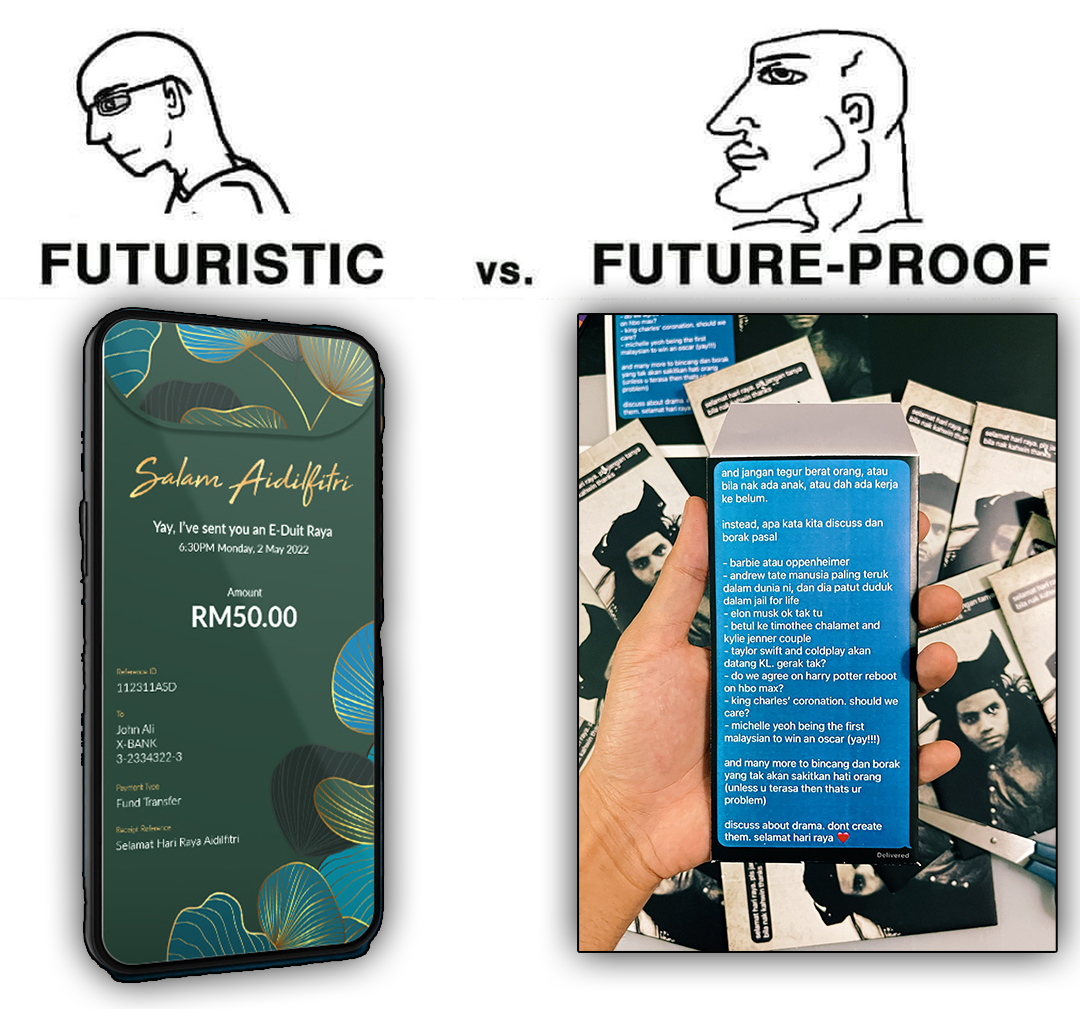
Now that most of us are chronically online, it’s not unusual to make some online friends. And since we’re not Taylor Swift, we can’t be boarding private planes to visit all of our friends during Hari Raya just to give physical ang pows. So now the younger generation has evolved to e-duit raya which is just sharing QR codes and bank account details.
Jangan risau, the novelty of duit raya ang pows is still not lost, especially amongst older generations. We still have cerekaramas di pagi raya when we tearfully salam our parents and ask for forgiveness (re: duit raya). And despite all this modern technology, nobody can take away our love for drama.
At the end of the day, Hari Raya Aidilfitri is all about charity and generosity. It doesn’t matter how or how much; it just matters that you were sincere.
Selamat Hari Raya Aidilfitri to all Malaysians!
- 89Shares
- Facebook64
- Twitter6
- LinkedIn7
- Email6
- WhatsApp6

